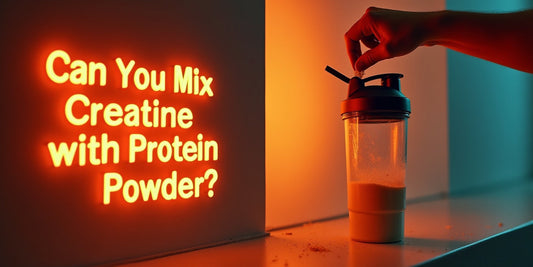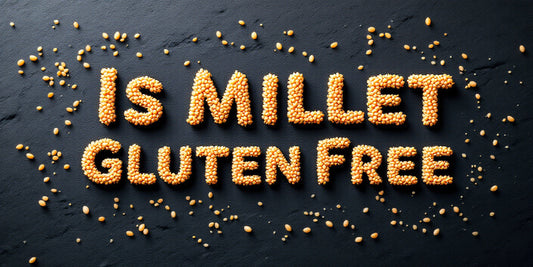

Fruits and Veggies Essential for Muscle Mass
Table of Contents
| High Alkaline Diet Increases Exercise Performance |
by: Robbie Durand
One of the newest trends in the bodybuilding world in the Alkaline diet for muscle mass. The alkaline diet is based on achieving an ideal pH level. The Alkaline diet is based on eating alkaline-producing foods, primarily vegetables and fruits, contain minerals like potassium, magnesium, and calcium that neutralize acids and raise pH, creating an internal environment that’s more beneficial to health. Acid-producing foods, including animal proteins, dairy, and grains, break down into compounds that promote a lower (more acidic) pH, which purportedly stresses the body and promotes disease. Acid producing foods—like meat, dairy, sweets, caffeine, alcohol, and artificial and processed products—are replaced for for a diet rich in fresh fruits, vegetables, nuts, and seeds, which form alkaline substances.
Also known as the pH diet or the alkaline-acid diet, the alkaline plan claims that certain foods are high in acid, and that this overly acidic environment can trigger inflammation, which is thought to contribute to a number of negative health consequences. In general, American diets are acidogenic, generating 75–100 mEq acid/d.
| A previous study found that older men who consumed an alkaline diet was found to increase lean muscle mass. A three-year study with 384 participants looking at diet rich in fruits and vegetables as well as reduced acid load resulted with increased lean muscle mass in older men and women (2). This is important because muscle mass gradually declines after age 50, and loss of muscles leads to greater risks of falls, factures, disability, and loss of independence. |
Another study reported that a low acid diet or a high alkaline diet had higher fat oxidation at the end of a progressive treadmill exercise test to exhaustion than those who were consuming a high acid based diet.
Researchers examined the effects on low and high acid diets on exercise performance. The study was a crossover trial in which participants underwent exercise testing on two occasions, once after following a low-acid producing diet and once after following a high acid producing diet.
| Low Acid Producing Diet= High Alkaline Diet |
The general strategy used for the low-acid producing diet was to increase the consumption of alkaline promoting foods such as fruits and vegetables and to reduce the consumption of acid
promoting foods such as meats, cheeses, and grains. More specifically, participants were instructed to consume 6-8 cups of vegetables and >4 servings of fruit each day.
High Acid Producing Diet= Low Alkaline Diet
During the high PRAL diet, participants were instructed to consume at least 3-4 servings of common grains (e.g. wheat, corn, and oats), 3 servings of meat, and 3 servings of cheese (especially hard cheeses such as parmesan) each day while minimizing the intakes of fruits and vegetables.
At the end of the study, anaerobic exercise performance was enhanced by the low-acid producing diet. Time to exhaustion during high intensity treadmill running was 21% greater after consuming a low-acid producing diet diet as compared to a high acid producing diet diet, indicating that anaerobic exercise performance was augmented. Therefore, a low acid producing diet diet, which focuses on high intakes of fruits and vegetables and has the added benefits of being rich in phytochemicals, fiber, antioxidants, and other nutrients, may be an attractive alternative to bicarbonate loading for improving anaerobic exercise performance. One such factor is dietary nitrates, which acutely improve exercise performance.
Because vegetables are nitrate rich and because large quantities of vegetables were consumed during the low acid producing diet diet, it is possible that nitrates might have enhanced exercise performance during the low acid producing diet trial.
Dawson-Hughes B, Harris SS, Ceglia L. Alkaline diets favor lean tissue mass in older adults. Am J Clin Nutr. 2008 Mar;87(3):662-5.
Caciano SL, Inman CL, Gockel-Blessing EE, Weiss EP. Effects of dietary Acidload on exercise metabolism and anaerobic exercise performance. J Sports Sci Med.2015 May 8;14(2):364-71.
MUSCLE MEDIA MAGAZINE FOR MEN
The premier source of training, nutrition, supplements, fat loss and health for men.

















